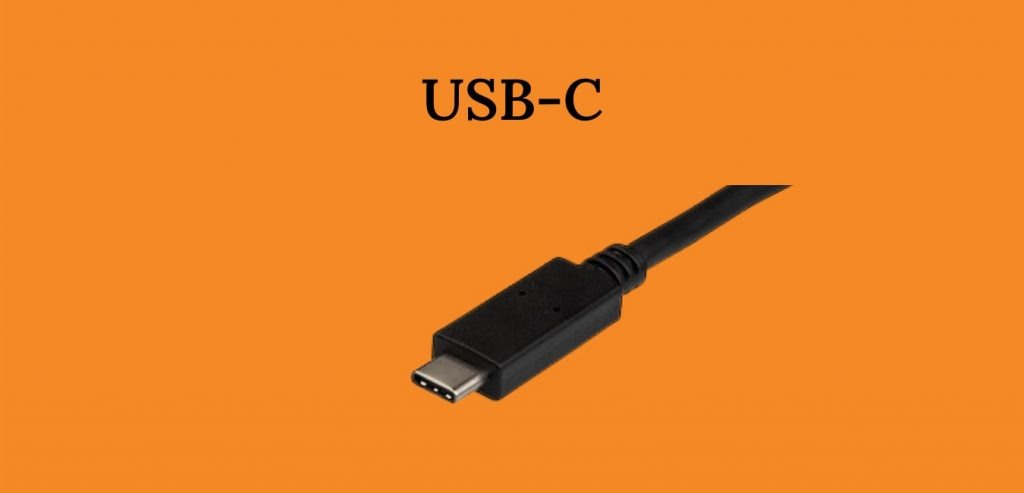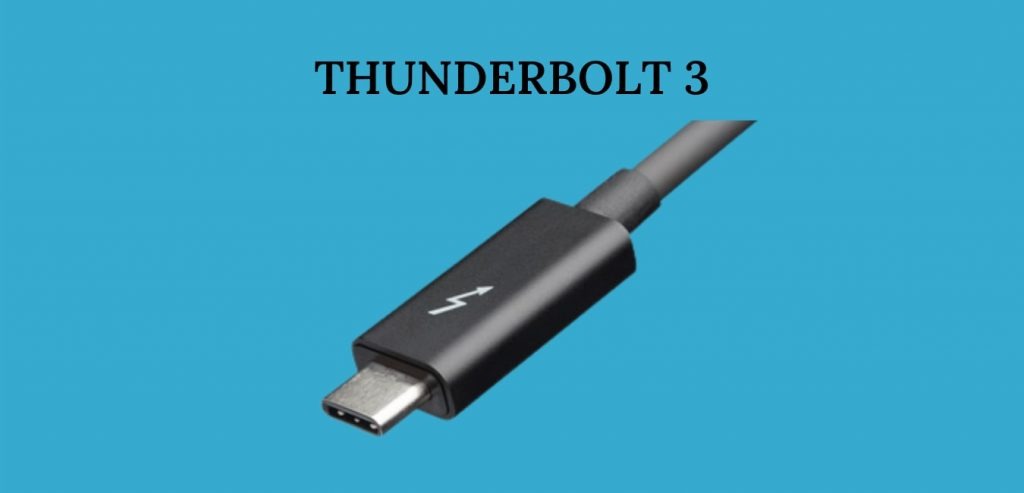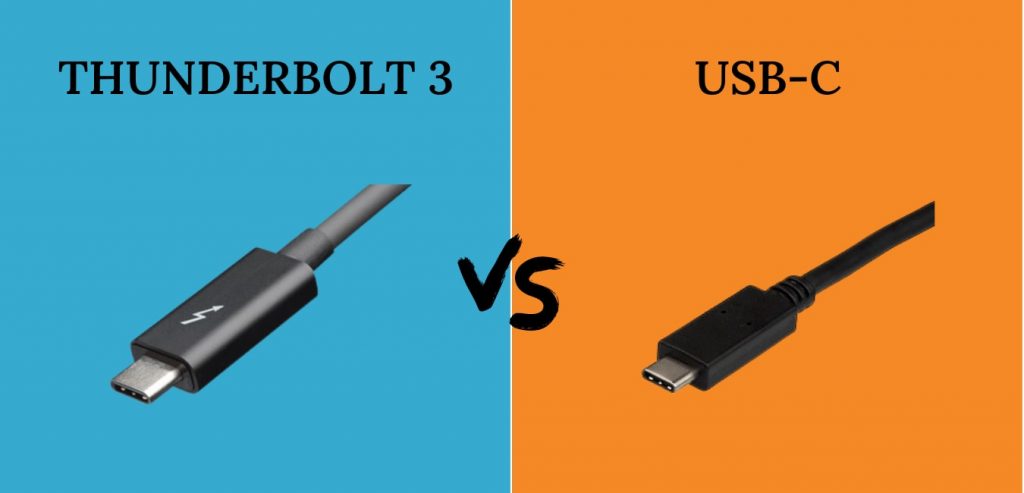Thunderbolt 3 Vs USB C is something most confused with when facing a brand-new device. To make matters more confusing, the two ports do appear quite similar in most cases. Nevertheless, each of these ports is important just as well; after all, we do need to charge our phones or make a certain connection to the PC. The new-launch versions are identically shaped and are physically compatible with each other. But how do you tell them apart? And how do you establish their differences when you do? Let us find out:

Is USB C the same as Thunderbolt 3? Not exactly. The USB is a connector that is industry-based and is used to transmit power and data within a common cable. However, it looks much similar to the micro-USB connector, though the differences are quite obvious to the expert eyes. The USB-C is more ‘oval’ in shape and quite thicker to be able to ‘fix’ the ‘flippability.’ Much like Apple’s Lightning ports, this port has no up and down orientations. This port is a relief as you no longer have to worry about the connector not plugging in the right way, as anyway is the right way. Thunderbolt 3 Vs USB C can be easily resolved if you understood the working of each of the ports. The USB-C has been developed by the USB Implementors Forum (USB-IF). This company has been developing, certified, and shepherded the standard of USB through the years. Some of the top companies that comprise the USB-IF memberships include Dell, Apple, HP, Microsoft, and Samsung. This has resulted in a wide variety of tech categories that include USB-C ports launched in the latest devices. Now, smartphones, hard drives, and smart home devices include USB-C for data transfers, charging of batteries, and more. The users have received the USB-C; it is not long before it will grow to be the only port for all purposes. This port can transport data up to 20Gbps and power delivery of up to 100 watts. There are also instances where the port can transmit DisplayPort audio and video signals, thus, allowing you to connect an external monitor or TV with your device. However, when considering the difference between Thunderbolt 3 and USB c, one must understand that not all devices that feature the USB-C port can perform to the ‘T.’ Like in the case of a USB hard drive, which cannot output a video signal and uses the USB-C for the transmission of data to and fro. Similarly, the Apple iPad utilizes the USB-C to charge its batteries, syncing of PC and MAC, output video, and more.
Also Read: Best Laptop Under 40000 in India 2021
The Thunderbolt 3

At first glance, the thunderbolt 3 appears to be very much the same as the USB-C port, at least from the plug-in perspective. This particular port is very much similar to the USB-C port, except it is much faster. One can easily say that the Thunderbolt 3 is the superset of a USB-C port. When it comes to USB 3 vs Thunderbolt, one major advantage is the fact that the user can easily use a USB-C exclusive device on a Thunderbolt 3 port. With a transfer speed of up to 40 Gbps, the Thunderbolt is twice as faster as the USB-C port and about four times that of the Thunderbolt interface.
Apart from the fact that this port is high on speed, it also allows unlocking additional features that connect external monitors and expansion docks. So, in a way, if one says that the device comprises USB-C support for Thunderbolt 3, it essentially implies that you have a single port for power and transfer of data, information to and fro from a system. The first company to take advantage of this feature was the tech giant Apple. The brand featured the port for all its computers, with the port being a constant feature on all late-model MAC systems. Certain iMac models support dual 6K Apple Pro Display XDR external monitors. These are connected through the Thunderbolt 3 cable. Now, many Windows PCs comprise the Thunderbolt 3 support, and you will find this feature a common fixture on various late-model premium laptops. There are also a large number of external hard drives and expansion docks that also feature this particular port. So, is thunderbolt 3 and USB c the same? Well, we now see the stark differences.
Also Read: Best Laptop Under 25000 in India 2021
Thunderbolt 3 Vs USB C: Difference Between USB C and Thunderbolt 3

The best way to know the difference between the two is to read the description on the box and instructions simply. Similarly, you can also tell the cables apart in the same way, as certain Thunderbolt 3 cables have the ‘Thunder bolts’ emblazed on top. So, it is safe to understand that a thorough read of the instructions is a must if you need to get understand the difference between the ports, whether labelled or not. In the case of the laptop, since there are multiple ports available, identifying an un-labelled Thunderbolt 3 port can be tricky. For this, try and locate a bolt of thunder besides the port to identify its capacities.
Likewise, one might identify a USB SuperSpeed SS logo beside it when it comes to the USB-C port. The maximum speed of the port will also accompany this. There is also a Type-C port with charging or the port support that comprises the SS logo on top of the battery icon. Finally, the users must be aware of the fact that the USB-C and Thunderbolt 3 ports may remain unmarked on most latest models. For this, your supporting documentation is the best guide to understand ‘is USB c and thunderbolt 3 the same?’
Thunderbolt 3 Vs USB type C: What should I opt for?
Now that we have established a few grounds of difference, it is essential to know which one to opt for:
The Basic Needs:
When it comes to simple tasks like battery charging and basic data transfers, USB-C is just fine. However, some laptops comprise internal battery charging support over that of the USB-C and arrive with a mix of various USB-C connectors. Most might support a Thunderbolt 3, and others might not. However, this hardly matters when it comes to the simple tasks at hand. Likewise, if you connect a Thunderbolt 3 enabled device with one that does not, the required job will be done, but it will not be any faster.
The High-End Device Requirements:
Is the Thunderbolt 3 same as USB c? Well, when it comes to the more expensive devices, you might think not. Likewise, Thunderbolt 3 port is a must for certain professional tasks, like copying innumerable photos, images, and videos across external storage and devices. So, if you use a late model MAC with a Thunderbolt 3 support, you will need an external drive that can cut down the time taken to transfer data.